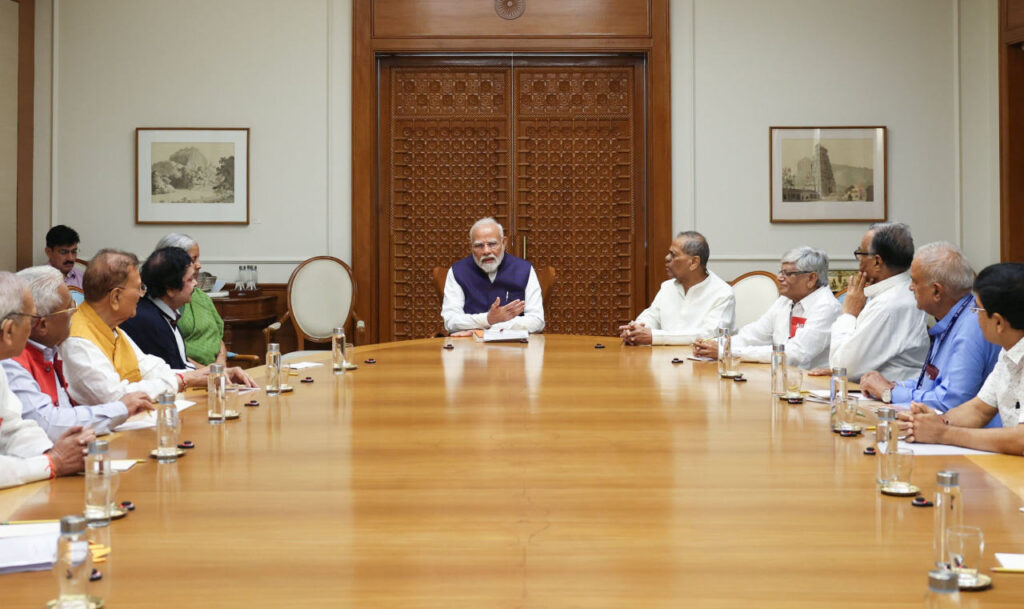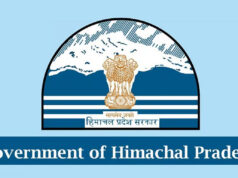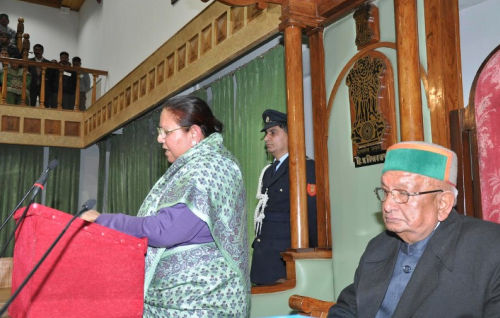The Centre has officially approved the Unified Pension Scheme (UPS), a landmark decision set to benefit approximately 23 lakh central government employees. This new scheme aims to provide enhanced financial security and stability for government workers after retirement, marking a significant shift from the National Pension System (NPS).
Key Features of the Unified Pension Scheme
The UPS introduces several notable features designed to offer better retirement benefits for government employees:
- Assured Pension: Employees with a minimum of 25 years of service will receive an assured pension amounting to 50% of their average basic pay over the last 12 months before retirement. For those with shorter service periods, the pension will be proportionate to their tenure, with a minimum qualifying service period set at 10 years.
- Assured Family Pension: In the event of an employee’s death, their spouse will be eligible for a family pension set at 60% of the pension the employee was drawing before their demise.
- Assured Minimum Pension: Employees with at least 10 years of service will receive a guaranteed minimum pension of ₹10,000 per month upon retirement.
- Inflation Indexation: Both the assured pension and family pension will be adjusted for inflation to maintain their real value over time.
- Dearness Relief: Retirees under the UPS will receive Dearness Relief based on the All India Consumer Price Index for Industrial Workers (AICPI-IW), similar to current employees.
- Lump Sum Payment on Superannuation: In addition to gratuity, employees will receive a lump sum payment upon retirement. This amount will be 1/10th of their monthly emoluments (including pay and Dearness Allowance) for every completed six months of service. This lump sum payment will not affect the assured pension.
Comparison with the Old Pension Scheme (OPS)
The introduction of the UPS comes amid a backdrop of debates over pension schemes. The Old Pension Scheme (OPS), which has been in place in several non-BJP states, offers pensions linked to dearness allowance and provides 50% of the last drawn salary. However, OPS has faced criticism for being financially unsustainable due to its non-contributory nature, which puts a growing burden on the exchequer.
In contrast, the UPS is designed to address these concerns by providing a more predictable and secure pension plan. It ensures that pensions keep pace with inflation and offers additional financial support through lump sum payments at retirement.
Prime Minister Narendra Modi endorsed the UPS, highlighting its significance for government employees. “We are proud of the hard work of all government employees who contribute significantly to national progress. The Unified Pension Scheme ensures dignity and financial security for government employees, aligning with our commitment to their well-being and a secure future,” Modi posted on X.
Implications and Future Prospects
The UPS is set to directly impact 23 lakh central government employees, with the potential to extend its benefits to up to 90 lakh employees nationwide if state governments adopt the scheme. This move aims to provide a more secure and financially stable retirement for government workers, addressing long-standing issues with the existing pension systems.
As the scheme rolls out, it will be closely monitored to evaluate its effectiveness and impact on employees’ financial well-being. The shift from NPS and OPS to UPS represents a significant change in India’s pension landscape, promising improved benefits and greater financial security for government retirees.











